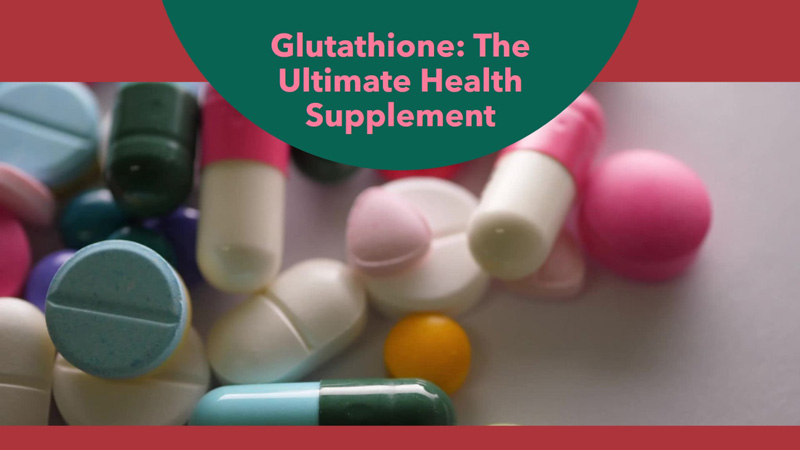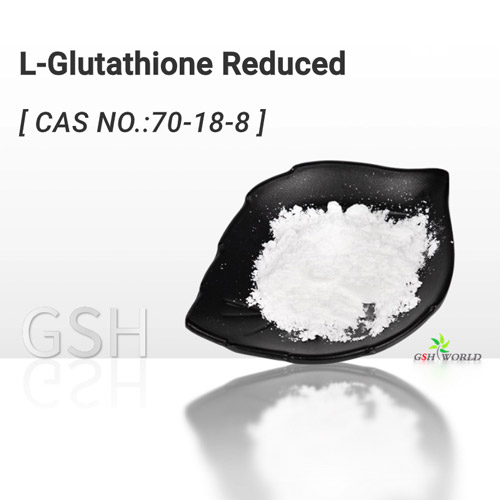Glutathione (GSH) is an important non-protein mercaptan containing sulfur tripeptide, which is abundant in biological cells.
Many clinical diseases are associated with abnormal levels of glutathione expression, such as Alzheimer’s disease, liver damage, and cardiovascular disease.
Rapid and ultra-sensitive detection of glutathione levels is crucial for early diagnosis of disease and monitoring of patient health.
To meet this urgent need, it is necessary to develop a simple, rapid, sensitive and portable glutathione detection method. Colorimetric method has attracted much attention because of its simple operation, rapid and intuitive analysis.
By combining colorimetric method and SERS technology, the construction of a dual-mode detection platform can give full play to the advantages of colorimetric method and SERS technology, and realize rapid preliminary detection of glutathione by naked eye, while ensuring the accuracy and high sensitivity of detection results.
Speaking of selenium, we may not be unfamiliar, especially friends who are keen on health, may often hear that if you want to live a long and healthy life, you must often eat foods rich in “selenium”.
Selenium is one of the essential nutrients for human body, and plays an important role in human growth and development, immunity, fecundity and so on.
Under normal circumstances, foods with high selenium content are seafood, animal organs, eggs and so on.

Years of research has confirmed that selenium has anti-cancer effects, anti-aging, anti-oxidation, enhance human immunity, regulate the absorption and utilization of vitamins, regulate protein synthesis, enhance fertility and other functions, and is also an important component of muscle function.
Selenium in the human body can not be synthesized, must rely on external intake, so insufficient intake can cause selenium deficiency, the body selenium deficiency can lead to a variety of diseases, such as liver cancer, lung cancer, stomach cancer, esophageal cancer, bladder cancer and other cancers, can also cause hepatitis, eye disease, cardiovascular and cerebrovascular disease, bone and joint diseases.
Today, I will introduce an enzyme containing selenium – glutathione peroxidase, which is also a selenium protein (English name: selenoprotein).
Selenoproteins are short for selenium-containing proteins.
Among them, selenoenzyme (English name: selenoenzyme) is almost based on selenocysteine residues as the catalytic center of selenium proteins.
Glutathione peroxidase (GPx) was the first selenium-containing enzyme found in mammals.
Selenium is the active component of glutathione peroxidase and an essential component of the reaction catalyzed by glutathione peroxidase. It acts in the form of selenocysteine, and the activity of glutathione peroxidase decreases when selenium is insufficient.
When the body is at a low selenium level, the enzyme activity is positively correlated with the intake of selenium, but at a certain level, the enzyme activity no longer increases with the increase of selenium level.
Glutathione peroxidase exists in the cellular fluid and mitochondrial matrix, it uses GSH as a reducing agent to decompose peroxides in the body, can reduce toxic peroxides to non-toxic hydroxyl compounds, and decompose hydrogen peroxide into alcohol and water, so it can prevent cell membranes and other biological tissues from peroxide damage.
When it comes to glutathione (GSH), we also briefly introduce: GSH, also known as reduced glutathione, is a kind of active tripeptide with important physiological functions, condensed by glutamic acid, cysteine and glycine by peptide bond, and the cysteine side chain group is connected with an active sulfhydryl group (-SH), which is a highly efficient antioxidant.
The content of reduced glutathione is generally higher in animal liver, wheat germ and yeast.
Reduced glutathione has the following functions:
1. Protect biological proteins
Glutathione can restore the activity of sulfhydryl groups in the enzyme molecules that have been destroyed and prevent the degeneration of proteins (such as hemoglobin) due to the oxidation of sulfhydryl groups.
2. Eliminate free radicals from your body
Under the catalysis of glutathione peroxidase, GSH reduces H2O2 produced in the cell to O2 and H2O, at the same time, glutathione is oxidized to oxidized glutathione (GSSG), which is catalyzed by glutathione reductase to regenerate glutathione.
Through this reaction, glutathione can remove oxygen ions and other free radicals in the body, inhibit lipid peroxidation, reduce the formation of melanin and skin aging, and maintain the integrity of erythrocyte membrane. Reduce free radical attack on DNA, thereby reducing DNA damage and mutation.
3. Neutralize and detoxify
Glutathione can combined with various toxic compounds, heavy metal ions and other harmful substances that invade the body of external organisms, and promote their discharge from the body, and play a role of neutralization and detoxification.
Protect white blood cells
GSH can prevent leukopenia caused by radiation, radiopharmaceutics and antitumor drugs.
Glutathione peroxidase (GPx), together with superoxide dismutase (SOD) and catalase (CAT) in the body,
constitute an antioxidant defense system, so it plays an important role in the body’s antioxidant.
Under normal conditions, most of the reactive oxygen species cleared by the body’s defense system,
but when the body produces some lesions, excess reactive oxygen species will destroy the cell membrane.
The body’s first line of defense against reactive oxygen species O2-· is superoxide dismutase (SOD),
which converts O2-· to hydrogen peroxide and water, while the second line of defense is catalase and glutathione peroxidase.
Catalase clears H2O2, while glutathione peroxidase distributed in the cellular fluid and mitochondria, eliminating H2O2 and hydroperoxides.
GPx, SOD and CAT work together to eliminate active oxygen species and reduce and prevent lipid peroxidation.
Glutathione peroxidase can catalyze GSH to produce GSSG, while glutathione reductase can catalyze GSSG to produce GSH using NADPH,
and the activity level of glutathione peroxidase can calculated by detecting the reduction of NADPH.
Glutathione peroxidase is the rate-limiting step in the whole reaction system,
so the reduction of NADPH is linearly related to the activity of glutathione peroxidase.

GPx exists widely in mammalian tissues, and the molecular weight and specific activity of different GPx species are also different.
There are four kinds of GPx: cytoplasmic GPx, plasma GPx, phospholipid hydroperoxide GPx and gastrointestinal specific GPx.
1. Cytoplasm GPx:
The tetramer composed of 4 subunits with the same molecular weight of 22kDa, each subunit contains 1 molecule of selenocysteine,
which widely present in various tissues in the body, especially liver red blood cells.
Its physiological function is mainly to catalyze glutathione to participate in the peroxidation reaction,
remove peroxides and hydroxyl radicals produced in the process of cell respiration and metabolism, so as to reduce the peroxidation of membrane polyunsaturated fatty acids.
2. Plasma GPx:
The composition the same as that of cytoplasmic GPx, which mainly distributed in plasma, and its function not very clear at present,
but it has confirmed that it involved in clearing extracellular hydrogen peroxide and participating in the transport of GSH.
3. Phospholipid hydrogen peroxide GPx:
It is a monomer with a molecular weight of 20kDa and contains 1 molecule of selenocysteine. Originally isolated from the heart and liver of pigs, it is mainly present in the testicles, with a small distribution in other tissues. Its biological function is to inhibit membrane phospholipid peroxidation.
4. Gastrointestinal specific GPx:
It a tetramer composed of four subunits with a molecular weight of 22kDa,
which only found in the gastrointestinal tract of rodents and its function to protect the animals from the damage caused by ingestion of lipid peroxides.




